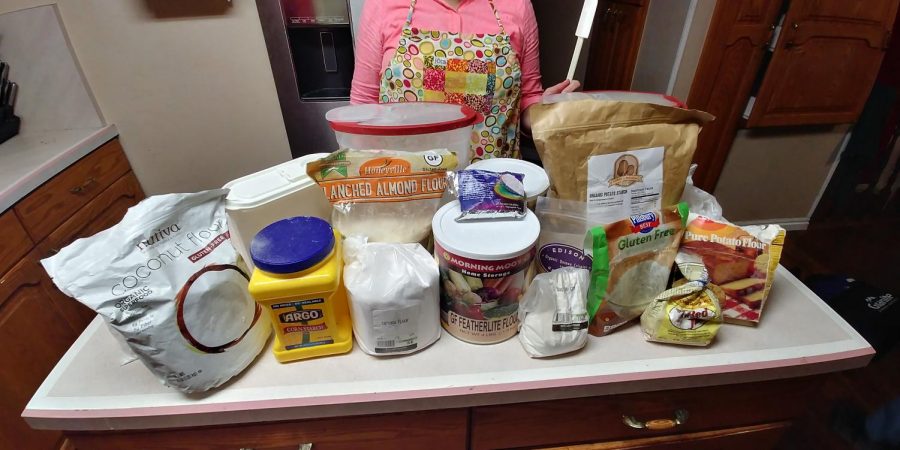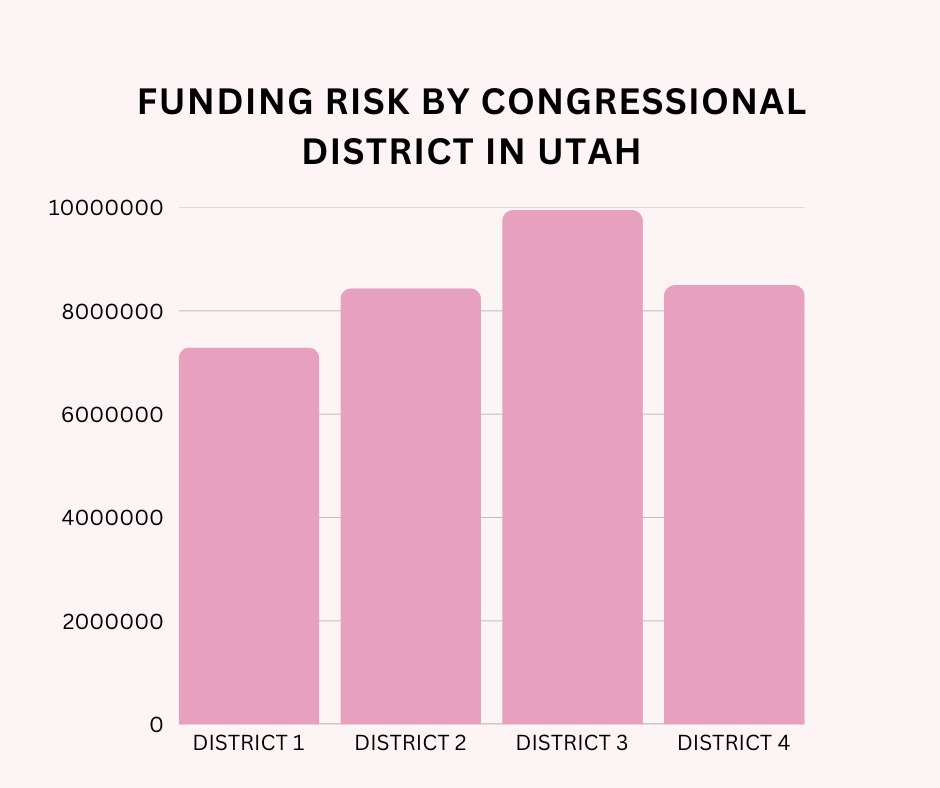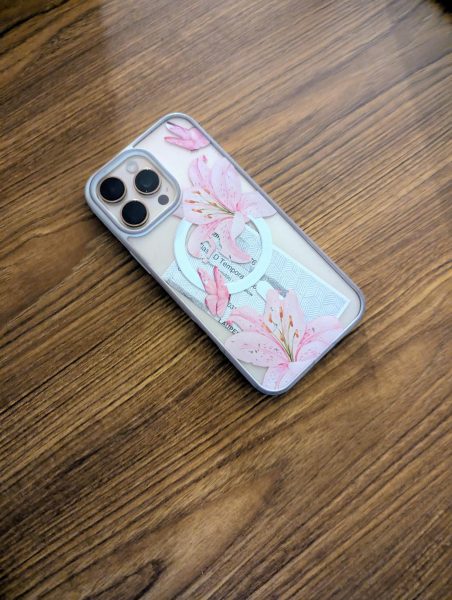Students with Celiac face struggles
Different flours are only some alternative ingredients for celiac-friendly meals without gluten.
November 27, 2017
I was first diagnosed with Celiac disease when I was about two years old. I was this little sick kid who couldn’t keep any food down. My worried parents took me to doctor after doctor, but no one could figure out why I was so sick.
My hands, feet, and lips were blue. As a two-year-old, I should have been filled with boundless energy, but instead I would lie down at my mom’s feet, tired and feeling awful.
My mom did what any mom does when a child is sick; she gave me chicken noodle soup and crackers. Little did she know that those very things were making me sick.
We went to many doctors, but only one was able to diagnosed me. She looked at me, and immediately knew what was wrong with me. I was Celiac.
The Celiac Disease Foundation says, “When people with celiac disease eat gluten (a protein found in wheat, rye, and barley), their body mounts an immune response that attacks the small intestine.”
Many people are converting to the gluten free-diet as a way to lose weight, but it doesn’t always work. Women’s Health says, “While fruits and vegetables may be healthy, many packaged gluten-free foods you’ll find at the grocery store these days are loaded with just as many calories, added sugars, and fats as their gluten-laden counterparts.”
Breaking the gluten-free diet can have different consequences for different people. Some lose skin pigment, some get extreme eczema, but for me I get sick.
When I eat just a little I get a runny nose, stomach cramps, and sometimes a headache. If I eat more gluten then I get a fever and I can’t keep anything down. I sleep all day. I get a splitting headache that prevents me from even standing up without getting dizzy. I have to stay home for days trying to get it out of my system.
It has other side effects that you don’t always see. The NIDDK says, “Celiac disease is a digestive disorder that damages the small intestine. The disease is triggered by eating foods containing gluten. I have been to more than a few awkward pizza parties where I had to turn down a piece of pizza, even though I was starving. I have attended many birthday parties where I sat at a table full of people eating cake, while I stared at my empty plate,
Junior Zoie Horne has celiac. She said, “Everything that we eat is full of wheat. There are very limited options in restaurants and places for people who have celiac, and teenagers eat a lot.”
Gluten-free recipes are always an adventure to make. I have made some recipes that have as many as five different kinds of flours. Common substitutes for wheat flour other flours are rice, almond, coconut, tapioca, yellow pea, garbanzo bean, whole bean, and corn starch to name a few have to fill the spot of the ‘all purpose’ wheat flour.
Whether you are gluten free by choice, or have to be, it is easier now that it has ever been. Many shoes, such as Smith’s, and Walmart, have a gluten-free or ‘healthy foods’ section that feature not just gluten free food items, but other food allergies as well. Gluten Free is becoming more and more common.
The NIDDK says, “As many as one in 141 Americans has celiac disease, although most don’t know it.” As it is becoming increasingly common, stores are starting to have more gluten free options. The gluten free diet is becoming easier to follow as the years go on.




